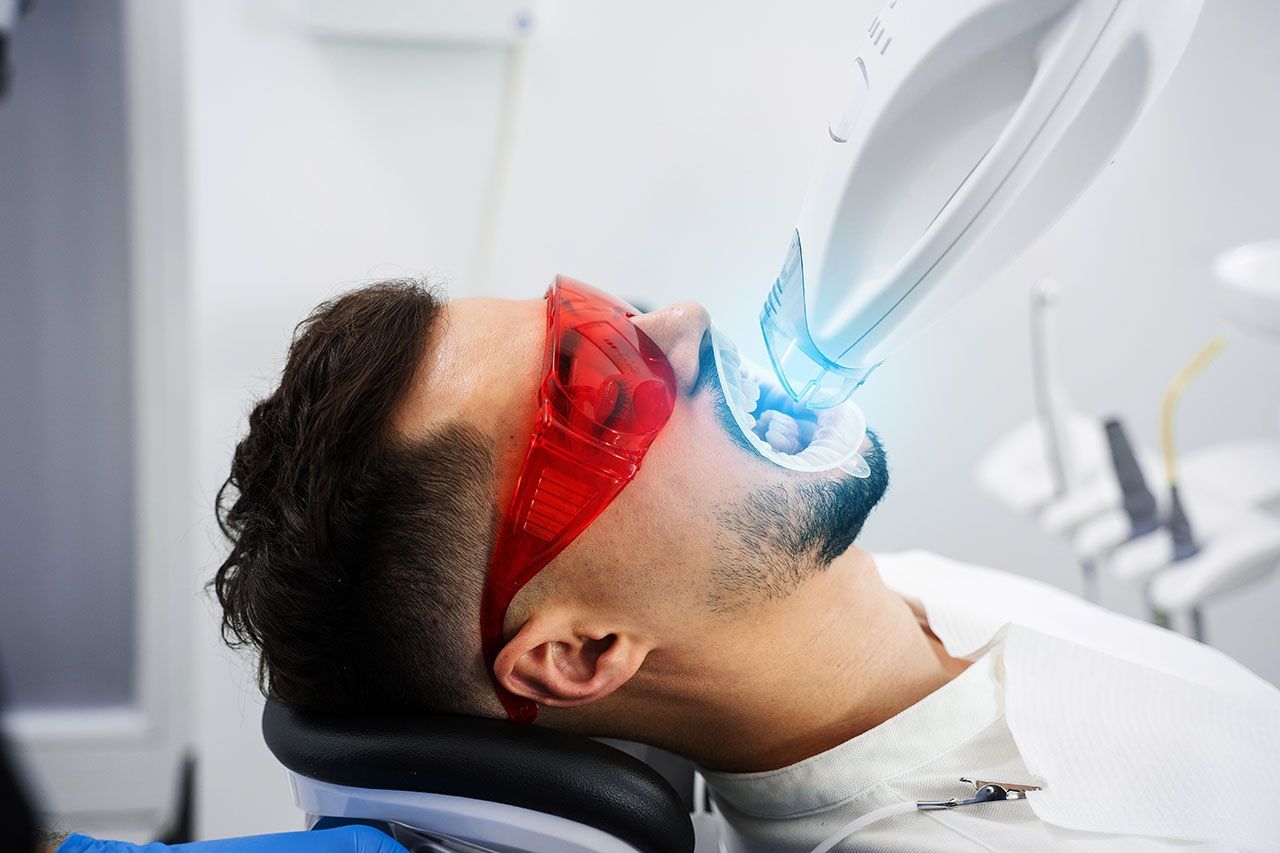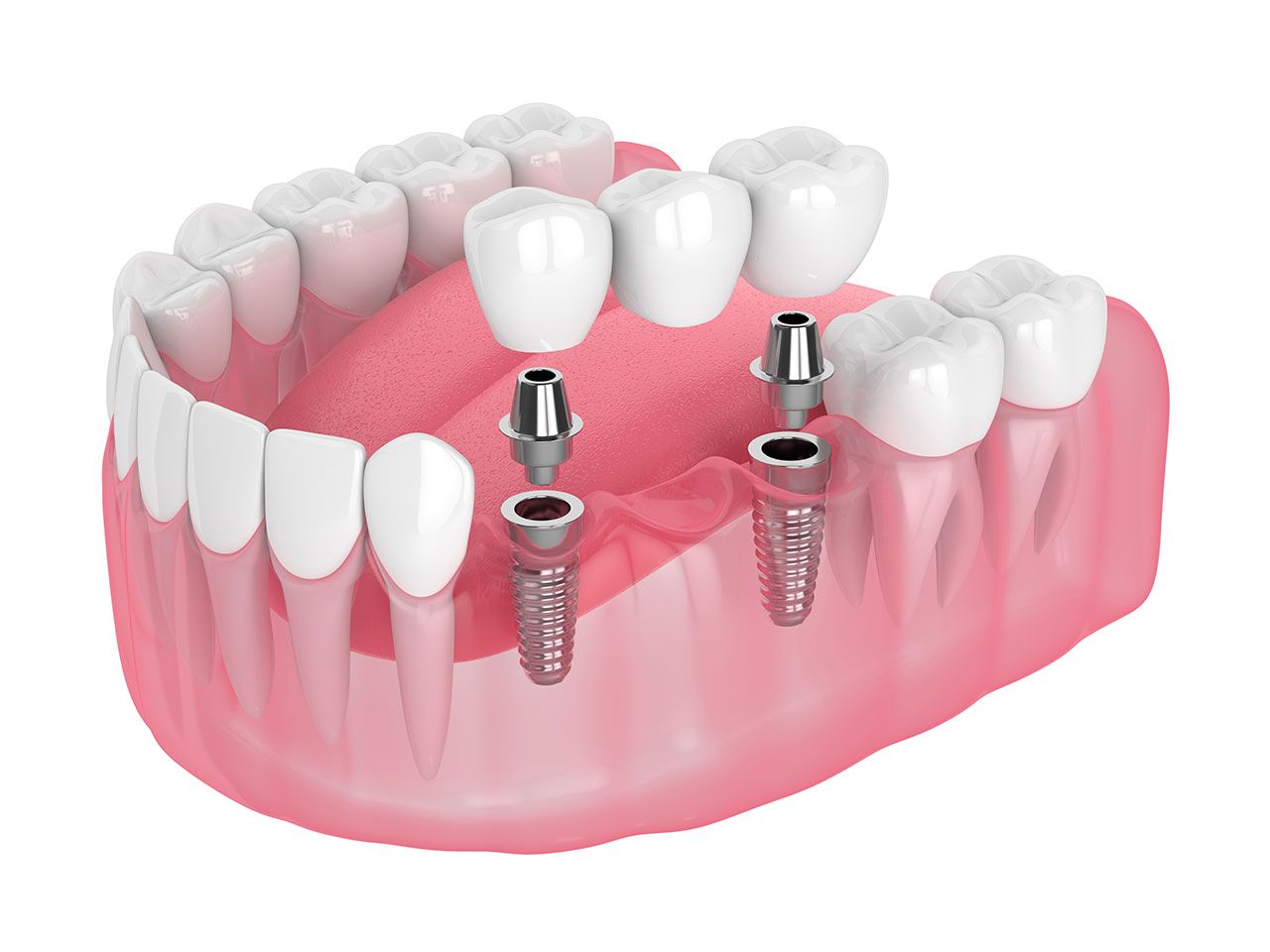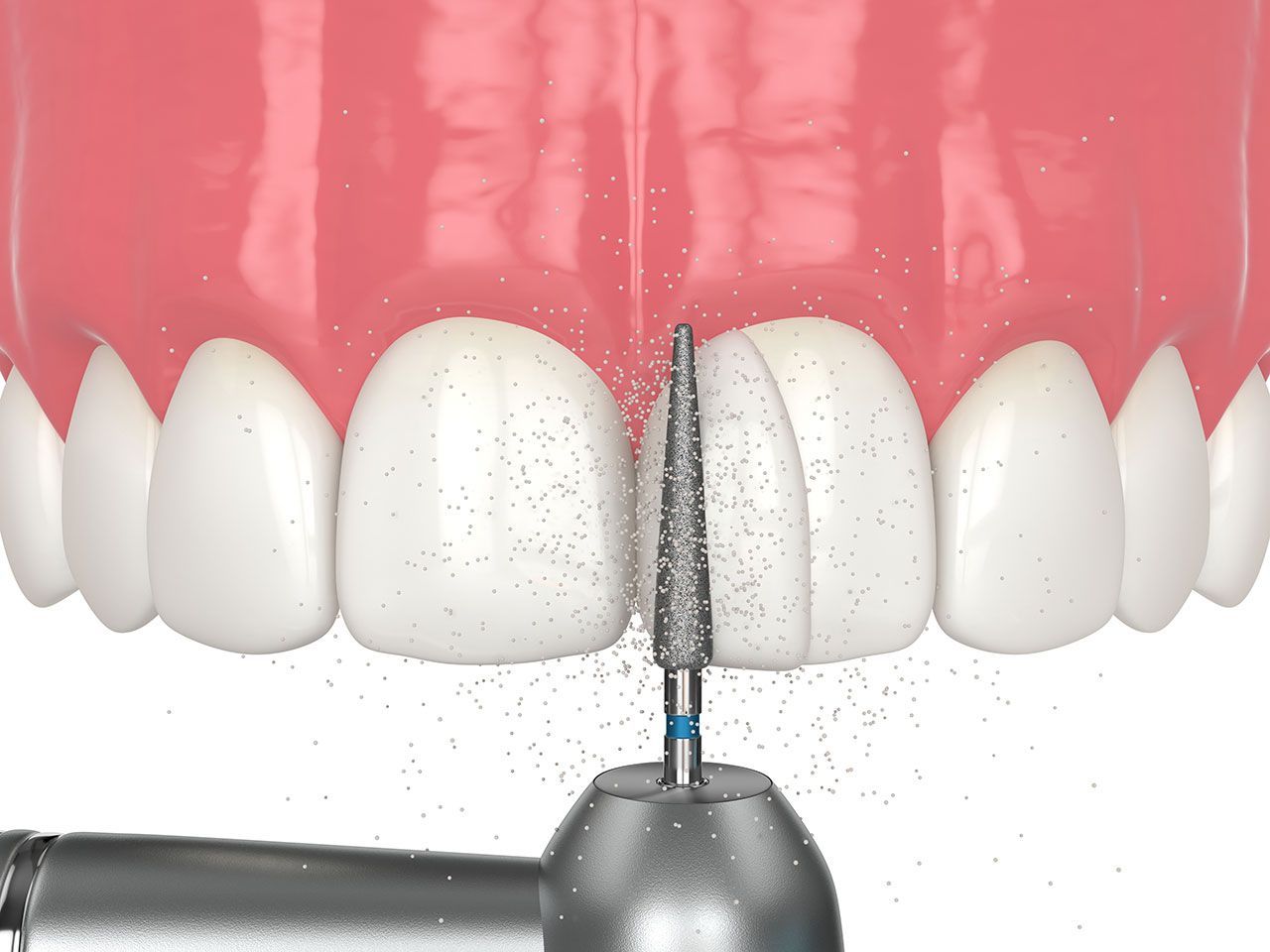Root Canal Treatment: Everything You Thought You Knew (But Probably Don’t)
Root canals have a bit of a reputation, don’t they? Say the words out loud and you can almost hear the groans. But here’s the reality: root canal treatment isn’t the painful ordeal it used to be decades ago. In fact, it’s one of the most effective ways to save a natural tooth and get rid of deep-seated pain—for good.
So why all the fear? Let’s clear up the myths, walk through the facts, and help you understand exactly what root canal treatment is, when you might need it, and how it can actually relieve pain instead of cause it.
What Is a Root Canal, Really?
Let’s start simple. Your teeth aren’t just hard shells. Inside each one is a soft tissue called the pulp, which contains nerves and blood vessels. This pulp helps your tooth develop during childhood—but once the tooth is fully grown, it’s no longer essential.
When that pulp becomes infected or inflamed—usually due to deep decay, a crack, trauma, or repeated dental work—a root canal becomes necessary.
A root canal treatment involves:
- Carefully removing the infected pulp
- Cleaning and disinfecting the inner canals
- Sealing the tooth to prevent further infection
Think of it like cleaning out a contaminated space, sanitizing it, and then locking it tight. The structure of your tooth stays intact, and with a crown or filling on top, it looks and functions just like it always has.
Signs You Might Need a Root Canal
Sometimes it’s obvious. Other times, not so much. Some infections or damage can be painless—especially early on. But if you’re experiencing any of the following, a root canal might be on your radar:
- Persistent or throbbing tooth pain
- Sensitivity to hot or cold (especially if it lingers)
- Swelling or tenderness in the gums
- Darkening of the tooth
- A pimple-like bump on the gums (abscess)
- Pain when chewing or touching the tooth
It’s worth noting that tooth infections don’t heal on their own. Delaying treatment only increases the risk of the infection spreading—sometimes even to your jawbone, face, or bloodstream.
What to Expect During Root Canal Treatment
A lot of people tense up at the thought of a root canal. But modern techniques, precision instruments, and local anesthesia have completely changed the experience.
Here’s how it typically goes down at your dentist:
Step 1: Evaluation & Imaging
Your dentist will take X-rays to determine the shape of the canals and spot any infection in surrounding bone. You’ll discuss symptoms and get a thorough exam.
Step 2: Local Anesthesia
The area around the tooth is completely numbed. (You may feel pressure during the procedure, but not pain.)
Step 3: Accessing the Tooth
A small opening is made in the crown of the tooth to reach the pulp chamber and root canals.
Step 4: Cleaning & Shaping
The dentist uses tiny instruments to remove infected tissue, clean the canals, and shape them to receive filling material.
Step 5: Filling & Sealing
The empty canals are filled with a rubber-like material called gutta-percha, then sealed to prevent future infection.
Step 6: Restoration
You’ll either receive a filling or, more commonly, a custom-made crown to protect the tooth long-term.
The entire process can often be completed in one or two visits. And afterward? Most patients report immediate relief from the discomfort they were feeling before.
Benefits of Root Canal Treatment (Straight from the Pros)
According to the American Association of Endodontists, root canal therapy has a success rate of over 95% and can allow teeth to last a lifetime with proper care.
Some key benefits include:
- Pain Relief – Root canals eliminate the source of inflammation or infection that’s causing pain.
- Tooth Preservation – Saves your natural tooth, avoiding extraction and the need for bridges or implants.
- Improved Oral Health – Removing infection protects your surrounding teeth, bone, and gums.
- Cost-Effective Long-Term – Compared to extractions and replacements, root canals are often less expensive and more durable.
- Aesthetics – When topped with a crown, your treated tooth looks as natural as ever.
It’s not about just fixing pain—it’s about restoring balance and stability to your entire mouth.
Aftercare and Recovery: What Happens Next?
Most people recover from a root canal within a few days. Here’s what you can expect:
- Mild soreness or pressure near the treated area (especially if infection was present)
- Temporary sensitivity to biting or chewing
- Instructions to avoid using the treated tooth until it’s fully restored
You may be given over-the-counter or prescription medication to manage discomfort. If a crown is needed (which is common), you’ll return for a follow-up visit to complete the restoration.
The most important thing? Keep brushing, flossing, and attending checkups. Root canal-treated teeth can last a lifetime—but only with regular care.
Root Canal Myths: Time to Bust a Few
Let’s tackle the rumors that have stuck around for way too long:
MYTH: Root canals are painful.
TRUTH: Modern root canals are no more painful than getting a filling. The real pain usually comes before the procedure—from the infection.
MYTH: You’ll lose the tooth anyway.
TRUTH: A properly restored tooth can last as long as your other natural teeth—sometimes even longer.
MYTH: Extractions are better than root canals.
TRUTH: Saving your natural tooth is almost always the better choice for your bite, jaw health, and long-term stability.
MYTH: It takes forever to heal.
TRUTH: Most patients feel significantly better within 24–72 hours, and full healing takes just a few weeks.
You Deserve Relief—Not Anxiety
A root canal can sound intimidating, but it’s really just a high-tech, highly effective way to end tooth pain and save your smile. With the compassionate, experienced team at Wow Dental, you’re in good hands from start to finish.
So, if you’ve been living with tooth pain, sensitivity, or swelling, don’t wait for it to get worse.
Call Wow Dental today at 313-371-9880, or visit us at 18525 Moross Rd, Detroit, MI 48224 to schedule your appointment and get expert relief—without the stress.
Share This Article










